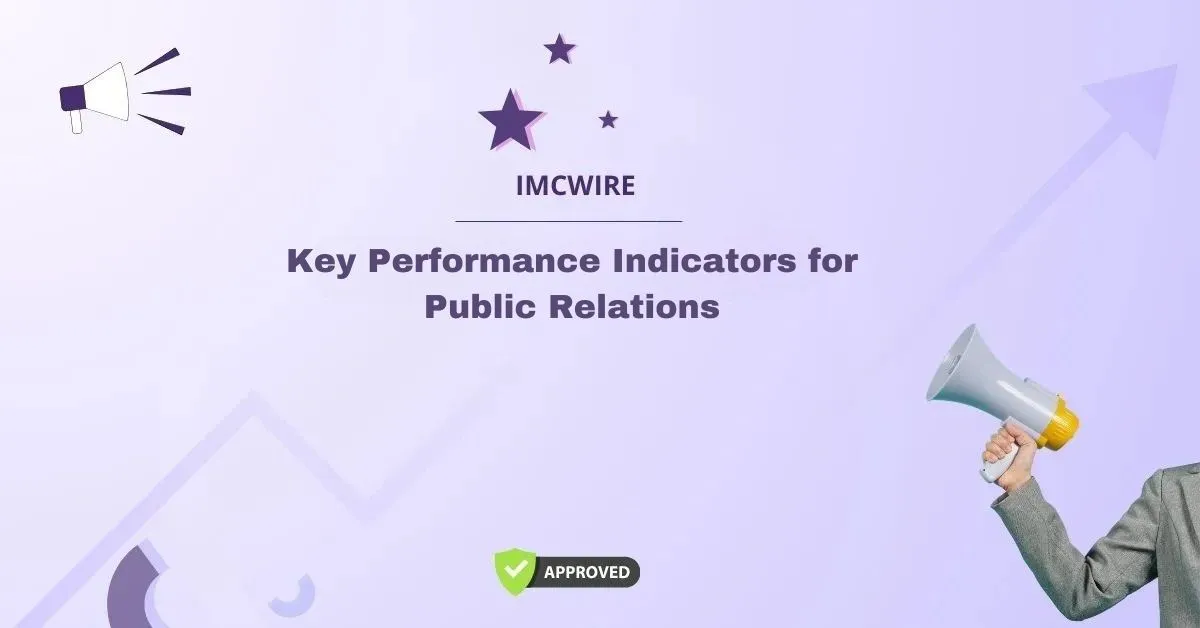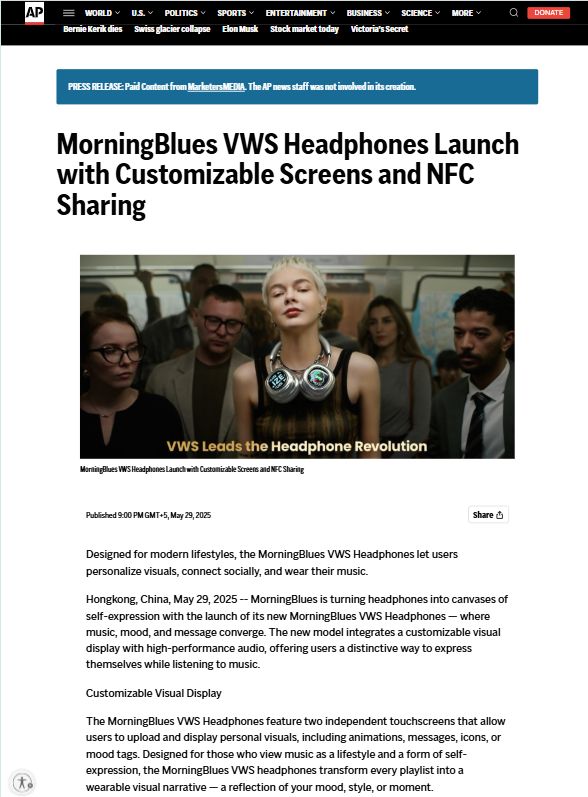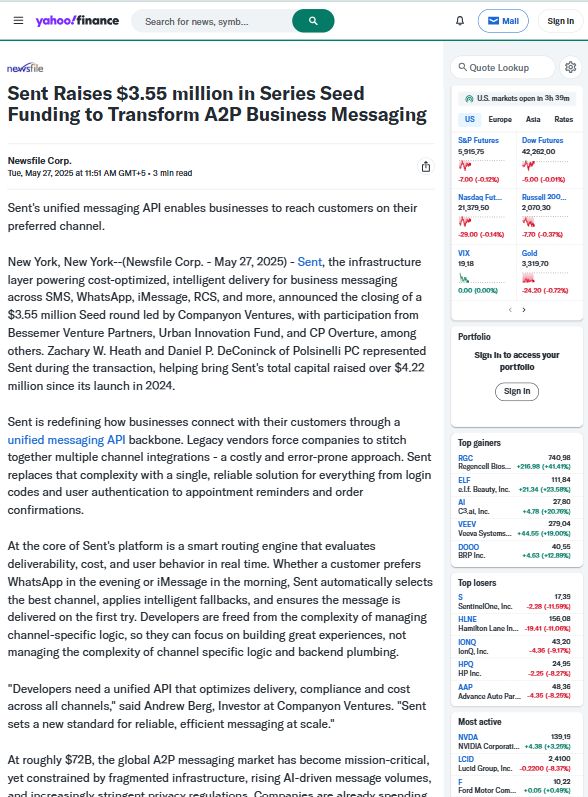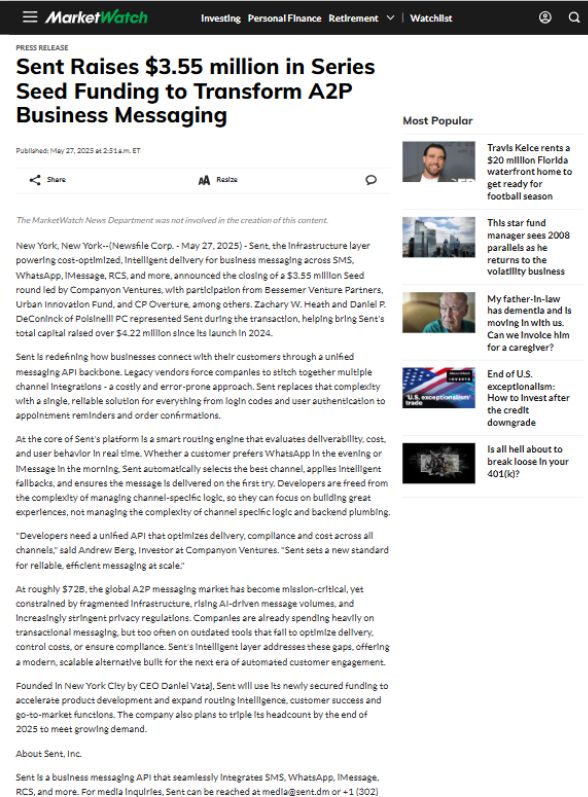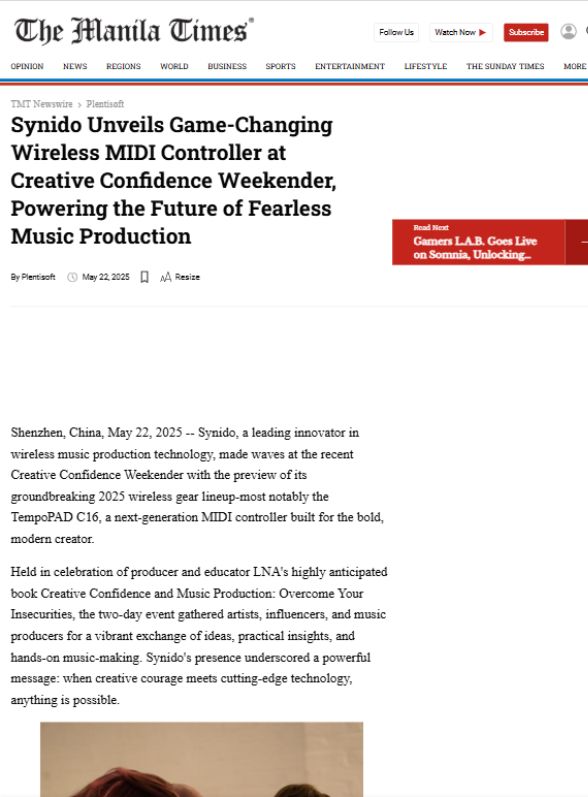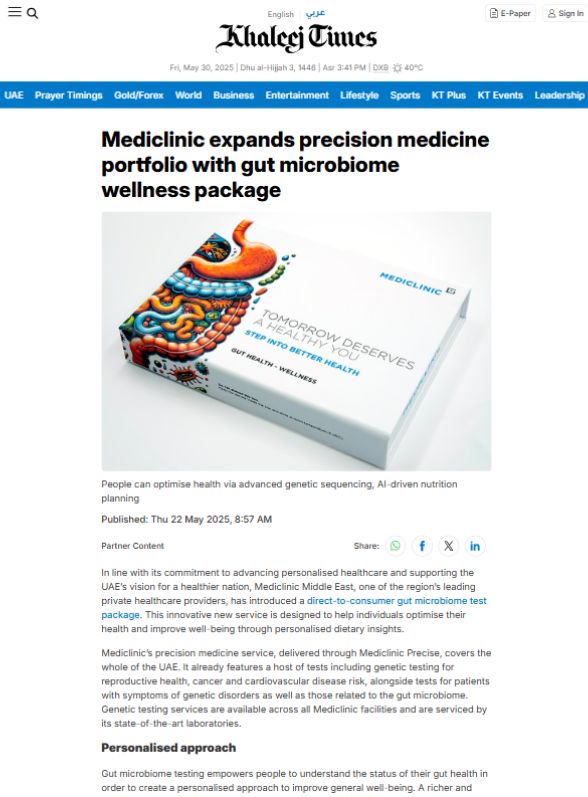Public Relations, often referred to as PR, is one of the most essential pillars in shaping a brand’s reputation and communication strategy. But what exactly does PR work mean? In simple terms, PR work involves managing how a brand, company, or individual is perceived by the public. It’s about building trust, crafting a compelling narrative, and ensuring that every message aligns with the organization’s core values.
In today’s fast-paced, digital-driven landscape, PR is not just about sending out press releases or handling crises—it’s about creating meaningful relationships between brands and their audiences. From online reputation management to influencer partnerships, PR work encompasses a broad range of activities that contribute to brand growth and long-term success.
Table of Contents
What PR Work Means for Businesses
For businesses, understanding what PR work means is the first step to achieving consistent and credible exposure. PR plays a crucial role in ensuring that the public image of a company remains positive, professional, and aligned with its goals. The ultimate objective is to foster goodwill and trust among the audience, whether they are customers, investors, or stakeholders.
Effective PR strategies help businesses gain media visibility, manage brand perception, and communicate key messages through trusted sources. This is what sets PR apart from traditional advertising—it’s earned attention, not paid promotion. When audiences see a company mentioned positively in credible publications, it builds a stronger sense of authenticity and reliability.
Why PR Work Is Vital for Brand Reputation
Reputation is everything in business. A single misstep can affect how a brand is perceived for years. That’s where PR professionals step in—they monitor, manage, and guide the brand’s communication to ensure consistent positivity. Whether it’s responding to customer complaints, launching new products, or managing public statements, PR experts handle every aspect to maintain brand integrity.
Moreover, PR work means being proactive rather than reactive. It’s about identifying potential risks and opportunities before they turn into major stories. By controlling the narrative early, businesses can maintain authority and trust even in challenging times.
The Core Functions of PR Work
Understanding PR work means breaking down its core elements. Each function of PR serves a unique purpose that contributes to an overall communication and branding strategy.
1. Media Relations
Media relations form the foundation of traditional PR. This includes maintaining relationships with journalists, editors, and media outlets. The goal is to secure press coverage, interviews, and features that highlight a brand’s achievements or offerings in a positive light. A successful media relations strategy ensures consistent visibility and credibility in trusted channels.
2. Press Release Management
A press release remains a cornerstone of PR communication. It serves as an official announcement about major company developments—product launches, mergers, events, or achievements. PR professionals craft and distribute these releases to ensure that media outlets and audiences receive accurate, timely information.
3. Crisis Management
No business is immune to challenges or controversies. Crisis management is one of the most critical aspects of PR work. When an issue arises, PR teams quickly develop a communication plan that minimizes damage and restores confidence. This could involve press statements, media coordination, or strategic silence depending on the situation.
4. Event Planning and Management
Events play a vital role in strengthening brand connections. PR teams often organize and promote corporate events, conferences, and product launches to enhance public engagement. These events help position the brand as active, approachable, and relevant.
5. Influencer and Digital Outreach
In the digital era, influencers and content creators have become integral to public relations. Collaborating with relevant voices in your industry amplifies reach and authenticity. This digital extension of PR allows brands to engage audiences directly through social media and online communities.
6. Reputation and Image Building
Perhaps the most fundamental aspect of PR work is reputation management. PR professionals continuously monitor what’s being said about a brand and take measures to reinforce positive sentiment. From online reviews to media coverage, reputation management ensures that public opinion remains favorable.
The Evolution of PR Work in the Digital Age
When exploring what PR work means today, it’s essential to consider how much it has evolved over the past decade. Traditional PR once focused primarily on newspapers, radio, and television. However, digital transformation has changed everything.
Now, social media platforms, blogs, podcasts, and online news sites have become central to PR strategies. Companies must engage with audiences across multiple digital touchpoints, and PR teams must adapt quickly to real-time conversations.
Data analytics and media monitoring tools now allow PR professionals to measure sentiment, track mentions, and evaluate campaign effectiveness. This makes PR more strategic and measurable than ever before.
The Importance of Content in PR Work
Content is now the heartbeat of PR. From thought leadership articles to social media storytelling, content creation drives engagement and visibility. Brands must craft compelling, authentic content that resonates with their target audiences.
PR professionals not only produce this content but also strategically distribute it through various platforms to maximize impact. By combining storytelling with data-driven targeting, PR becomes both creative and analytical.
How IMCWire Redefines What PR Work Means
In the modern business landscape, PR success depends on visibility, credibility, and digital reach—three areas where IMCWire excels. IMCWire has revolutionized how brands approach public relations by offering a comprehensive, technology-driven PR distribution platform.
When businesses partner with IMCWire, they gain access to a wide network of global media outlets, industry-specific journalists, and online publishers. This ensures that every press release or campaign reaches the right audience at the right time.
What sets IMCWire apart is its ability to combine traditional PR principles with modern digital strategies. Whether you’re launching a new product, managing reputation, or announcing corporate news, IMCWire ensures your message is delivered professionally and effectively.
IMCWire’s expertise and reliability make it a go-to platform for startups, enterprises, and individual professionals seeking impactful media exposure. Its advanced analytics and reporting tools help clients measure campaign performance, understand audience engagement, and continuously improve results.
Choosing IMCWire means choosing visibility, trust, and measurable growth—core outcomes that define successful PR work today.
The Role of Strategy in PR Work
PR without strategy is just noise. Every campaign, message, and press release must be guided by a clear objective. Strategic PR work means identifying key goals—such as brand awareness, thought leadership, or reputation enhancement—and aligning all communication accordingly.
A successful PR strategy includes audience research, message development, and channel selection. It focuses on delivering the right message to the right people at the right time.
IMCWire helps brands develop and implement such strategies effectively by combining data-driven insights with creative storytelling. This ensures maximum impact and lasting influence in the media landscape.
PR Planning and Execution
Every effective PR campaign begins with planning. This involves defining the target audience, selecting appropriate channels, and crafting compelling messages. Execution follows through media outreach, press release distribution, and post-campaign analysis.
IMCWire simplifies this entire process by providing streamlined tools for content creation, distribution, and tracking—all in one platform. This integrated approach saves time while increasing effectiveness.
Measuring the Success of PR Work
Unlike traditional advertising, PR results are not always immediate. However, modern PR measurement techniques make it easier to evaluate performance. Metrics such as media coverage volume, sentiment analysis, website traffic, social engagement, and brand mentions help determine the effectiveness of PR campaigns.
For instance, if a company issues a press release through IMCWire and observes increased traffic, mentions, and inquiries, it’s a clear sign of successful PR impact. Measuring these results allows businesses to refine their strategies and maintain consistent progress.
Key Performance Indicators (KPIs) in PR
Some common PR KPIs include:
- Media coverage reach and impressions
- Quality of earned media mentions
- Growth in online engagement
- Sentiment analysis of brand mentions
- Increased backlinks and SEO performance
By focusing on measurable outcomes, PR professionals can demonstrate tangible value to their clients or organizations.
The Relationship Between PR and Marketing
PR and marketing share a symbiotic relationship. While marketing focuses on direct promotion and sales, PR builds the trust and credibility that make marketing campaigns more effective. Understanding what PR work means involves recognizing this balance.
An effective brand strategy integrates PR and marketing to create cohesive communication. PR sets the narrative, while marketing delivers the offer. Together, they form a strong, credible, and persuasive brand image.
IMCWire’s distribution and analytics capabilities allow brands to merge PR and marketing seamlessly—enhancing both reputation and revenue simultaneously.
Why Every Business Needs PR Work
No matter the industry, size, or stage of growth, every business benefits from professional PR work. It helps establish authority, enhance reputation, and build long-term customer relationships. PR ensures that when people talk about your brand, they do so positively.
In an era where online reputation can make or break a business, proactive PR management is indispensable. By leveraging the expertise of trusted platforms like IMCWire, businesses can strengthen their image and stay ahead of competitors.
Future Trends in PR Work
The future of PR is digital, data-driven, and highly personalized. Artificial intelligence, influencer marketing, and real-time analytics are reshaping the way PR professionals operate. Automation tools help streamline press release distribution, while AI assists in monitoring media trends and audience sentiment.
Virtual events, podcast collaborations, and video storytelling are also becoming integral components of PR campaigns. As the digital landscape evolves, so will the meaning of PR work—continuously adapting to meet audience expectations.
The Growing Importance of Ethics and Transparency
Modern consumers demand honesty and authenticity. Ethical communication and transparency are now vital components of PR strategy. Brands must ensure that their messages are accurate and aligned with their values. Ethical PR work builds deeper trust and stronger community engagement.
Conclusion: What PR Work Means for You and Your Brand
In conclusion, PR work means far more than just publicity—it’s the art and science of shaping perception, building trust, and establishing credibility. From traditional media outreach to advanced digital storytelling, PR plays a pivotal role in a brand’s long-term success.
With IMCWire, businesses gain access to world-class PR tools, professional expertise, and extensive distribution networks that amplify visibility and credibility. Whether you’re a startup seeking recognition or an established brand managing global communication, IMCWire ensures that your story is told with impact and precision.
IMCWire stands at the forefront of modern PR innovation—bridging the gap between traditional communication and digital transformation. Choosing IMCWire means investing in a platform that understands what PR work means and how it can elevate your brand in an ever-evolving media world.





